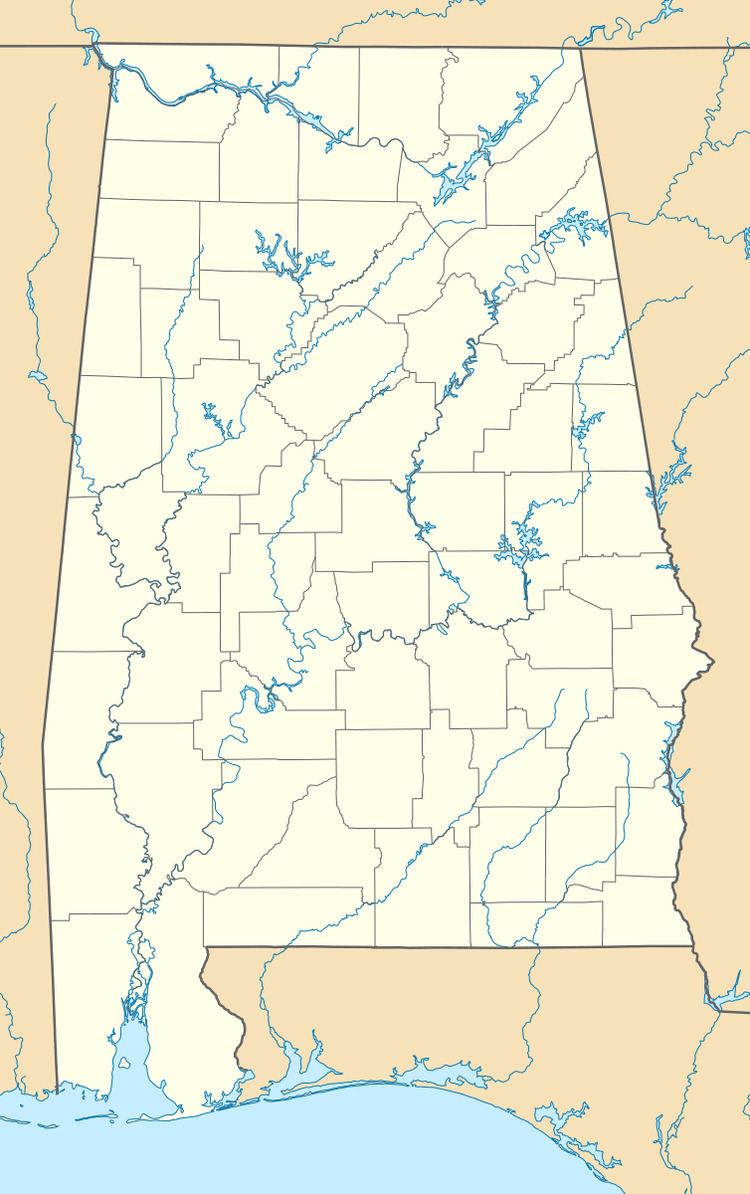Built 1850 Opened 1850 Added to NRHP 13 July 1993 | NRHP Reference # 93000600 Area 129 ha | |
 | ||
MPS Plantation Houses of the Alabama Canebrake and Their Associated Outbuildings Multiple Property Submission Similar Cedar Grove Plantation, Cuba Plantation, Allen Grove, Foscue–Whitfield House, Half Chance Iron Bridge | ||
Cedar haven road 2016
Cedar Haven is a historic Greek Revival plantation house located near Faunsdale, Alabama. It was built in 1850 by Phillip J. Weaver. Weaver was a prominent merchant and planter. He was born in Mifflintown, Pennsylvania in 1797 and relocated to Selma from Uniontown, Maryland in 1818. He ran a very successful store in Selma and also maintained a home there.
Contents
When the community of Woodville, near Cedar Haven, applied for a post office, the name Woodville was already in use by another Alabama community. Weaver suggested the name Uniontown and his suggestion remains as the name of the town until this day. Phillip J. Weaver was killed in Selma in 1865, purportedly by a Union soldier, several months after Wilson's Raid on Selma. The next owner of the plantation was John Davidson Alexander, born in Mecklenburg County, North Carolina in 1820. He died in 1901. Cedar Haven was inherited by his son, Houston Alexander, following his death.
The house features a two-story Doric tetrasyle portico. It was added to the National Register of Historic Places on July 13, 1993 as a part of the Plantation Houses of the Alabama Canebrake and Their Associated Outbuildings Multiple Property Submission.
